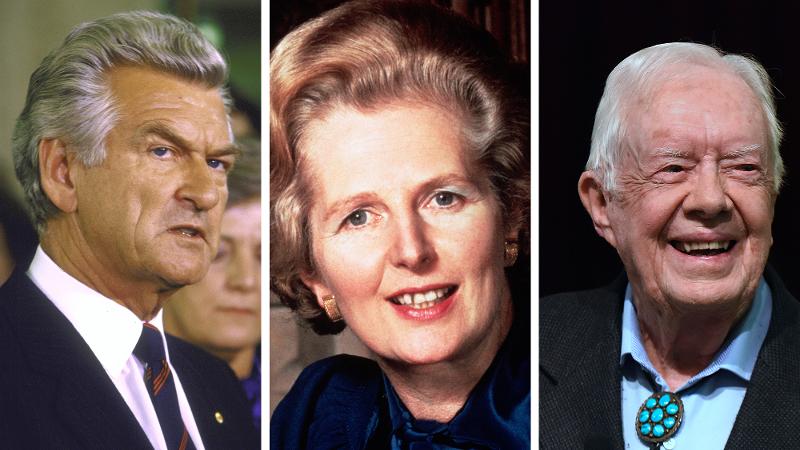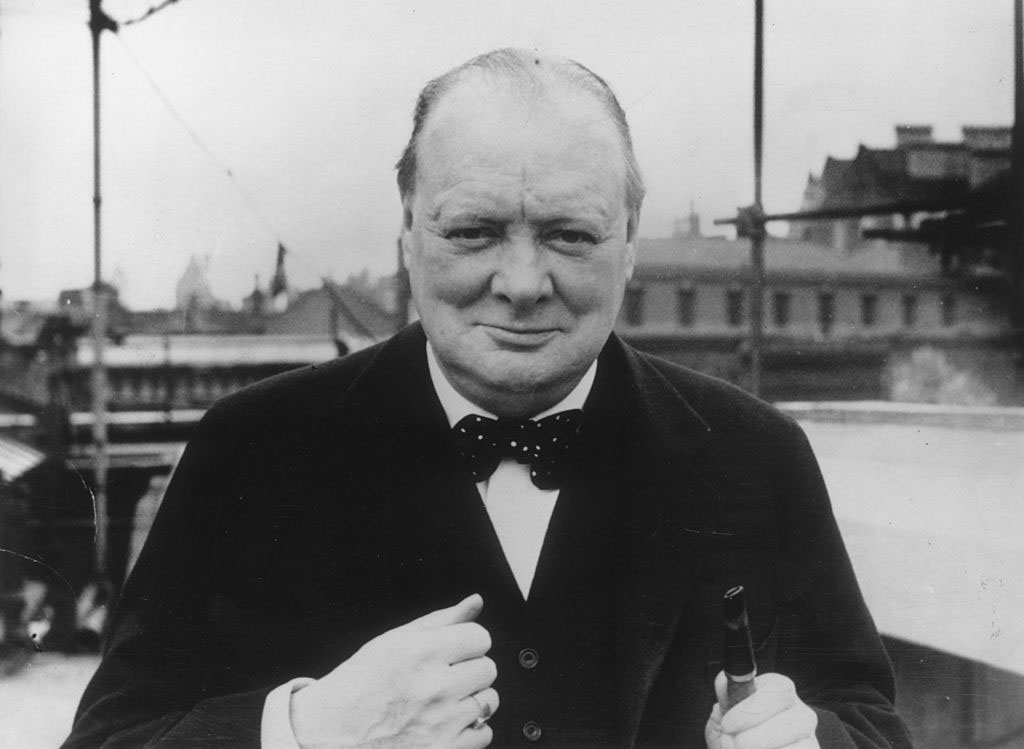
Australian politicians live 3.5 years longer than the average life expectancy of the rest of the population, and their survival advantage is growing.
- Italian and US politicians live around 7 years longer than the public
- Novel study of inequality tracking measures longevity gaps of an elite echelon vs the populace
- More than 57,000 politicians in 11 countries studied & matched with average life expectancy in each country
- Health advances around the mid of last century could be the cause of the growing gap between politicians and the public
A study by QUT and Oxford university researchers of more than 57,000 politicians in 11 developed countries, including 1,719 Australian pollies from the year 1901, found that from around 1940 the life expectancy gap began to grow, whereas before that there was a time when the populace and politicians had comparable lifespans.
QUT health statistician Professor Adrian Barnett, the only Australian on the research team, said comparing the mortality rates of elites with the life expectancy of the general population was a way to track inequality.
“Inequality has commonly been gauged by ‘top incomes’ or the share of income held by the richest people versus that held by the rest.
“This study looks at inequality through a different lens – that of life expectancy of ‘elite’ politicians and the general population.
“Inequality fell dramatically in the first half of the 1900s in many countries when measured by the share of overall income and wealth of the riches in society, but top income shares have generally been rising since the 1980s.
“Our study, however, found the longevity gap between politicians and the public began rising before 1940 in all 11 countries in this study, much earlier than top income shares did.”
Professor Barnett said the research team quantified changes in inequalities between politicians and the general population, by estimating gaps in their respective life expectancies from the age of 45 years (mean age of entry into parliament).

“Seven of the 11 countries had data for the 19th century and analysis showed that mortality rates of politicians generally became comparable to those of the general population towards the end of the 1800s,” Professor Barnett said.
“Only in Canada and the Netherlands did politicians have a higher mortality rate than the general population, and that was in the late 19th early 20th century.
“Over the 1900s there was an increased survival advantage for politicians, albeit with considerable variation between countries.
“Our analysis found that Australia’s pollies are about in the middle with their 3-year average longevity gain over most of us. Italian and US politicians can expect to live more than 7 years longer than those they govern.”
Professor Barnett considered possible reasons for the rise in politician longevity found from around the mid-1900s.
“Tobacco use increase during the first half of the 1900s before declining as evidence of its deadly consequences emerged. High rates of smoking before the mid-century were prevalent throughout the population so if politicians quit smoking faster than the public, it might partly explain the life expectancy gaps,” he said.
“Another possible reason is the expanded treatment of heart disease, for example, drugs to lower high blood pressure were introduced in 1959. If politicians took up these medications faster than the public, it could explain some of the gap.
“This idea is supported by a recent Swedish study that found those in higher status occupations had a greater risk of death from circulatory disease before the 1960s, but since then have been at significantly lower risk.
“The massive advances in treating infectious diseases could also play a role. Politicians are likely at greater risk of Covid-19, for example, because they often mix with the public.
“However, in the US politicians were some of the first to receive Covid-19 vaccines and the former president received treatment at an estimated cost of half a million US dollars when he contracted Covid.”
Professor Barnett said the study focused on high-income, democratic countries and so the historical patterns of health inequalities might not be generalisable to low and middle-income countries.
“However, the methods and approach in this study could be more widely applied to understand the long-run evolution of health inequalities in other countries.
“It would also be possible to use the same methods for other elite groups, such as judges and university graduates.”
“The comparative mortality of an elite group in the long run of history: an observational analysis of politicians from 11 countries” was published in European Journal of Epidemiology.
QUT Media contact:
Niki Widdowson, 07 3138 2999 or n.widdowson@qut.edu.au
After hours: 0407 585 901 or media@qut.edu.au




